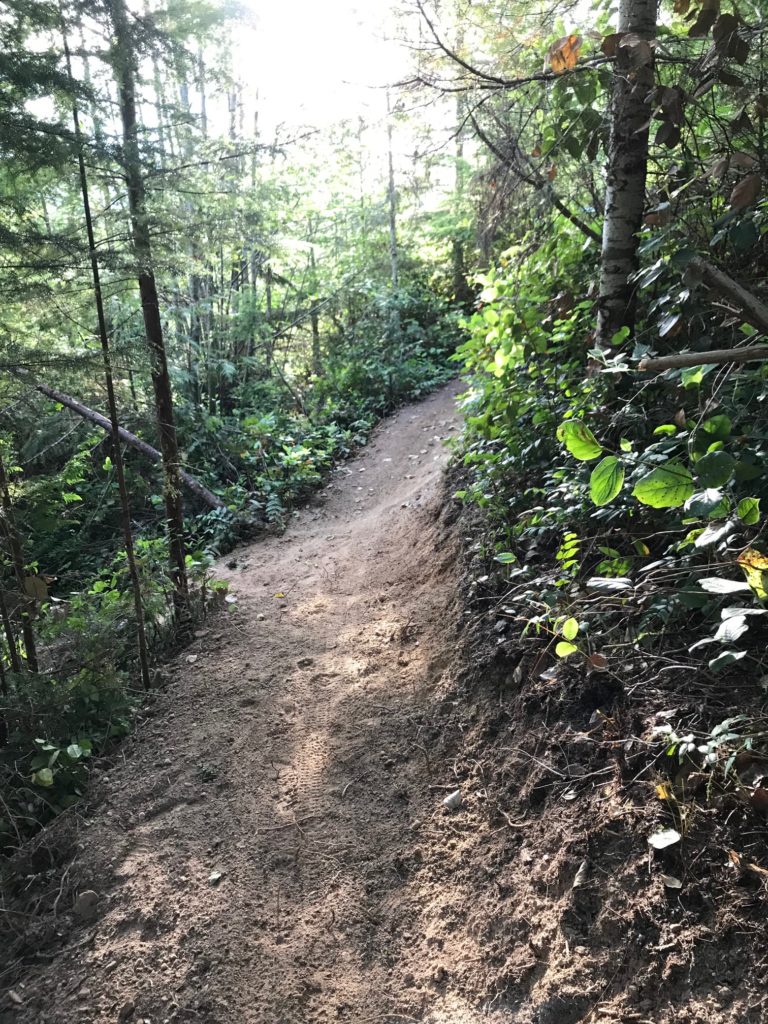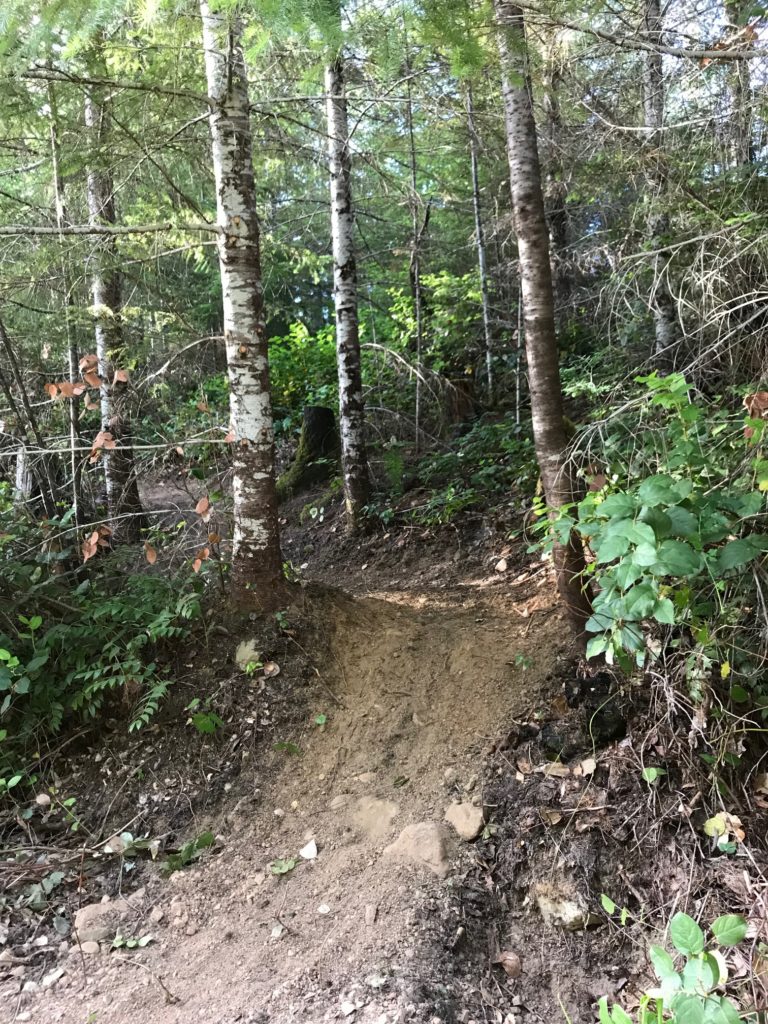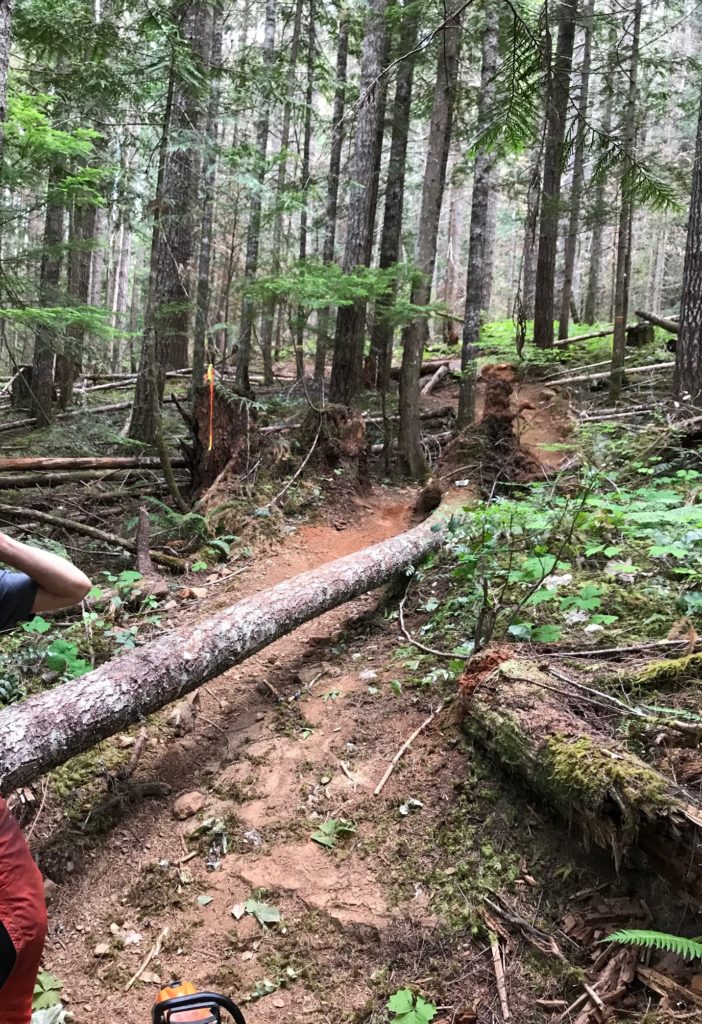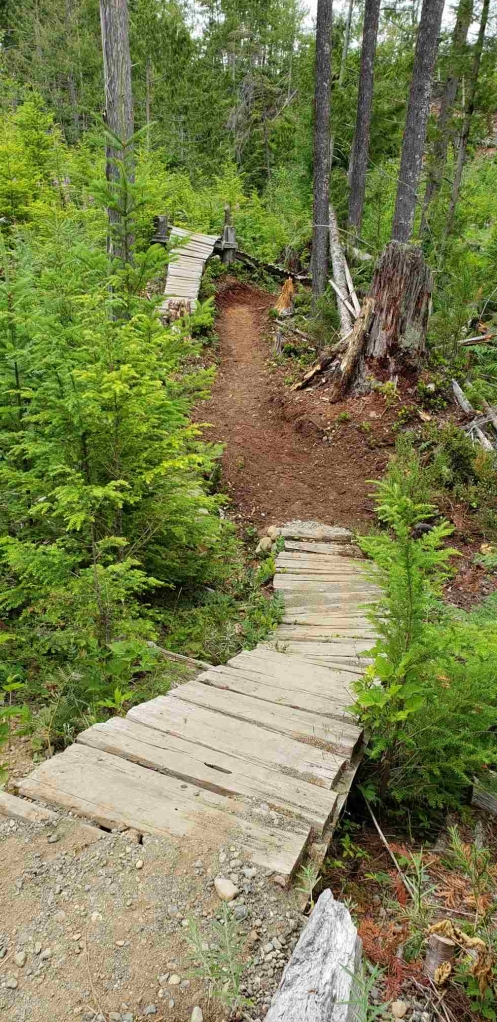Hi members and trail users,
There have been some questions and discussion recently about why certain features have been removed or replaced, so we are taking the opportunity to share some information about the rationale behind these kinds of decisions. This post is a little long but we hope it provides some helpful context.
As you know, UROC is responsible for the trail network. A significant amount of planning and consideration goes into making changes on the trails, and while we will never make everybody happy, we do our best to keep everything in balance!
Even though many of the trails are built by volunteers, UROC assumes maintenance responsibilities for trails and the technical trail features (TTFs) on them, including bridges, woodwork, jumps, drops, etc. As part of our land access agreement, UROC commits to maintaining the trails to Whistler Trail Standards (as well as other modern trail design best practices). However, trail usage continues to grow tremendously year over year – a network that originally dealt with annual trail usage numbers in the hundreds now sees 120,000+ users pass through annually. This, in addition to normal aging, puts a lot of wear and tear on the network as well as the TTFs. Although we do our best to keep the almost 140+ km trail network, including TTFs, in good condition, as well as communicate trail changes to you, the time and budget we are able to apply to this are constantly constrained by available funds.
As such, we have to take a strategic approach.
Removing features:
- We do NOT remove TTFs arbitrarily or to make trails easier – removal is only implemented when a significant safety issue is identified.
- We assess the safety of technical trail features (TTFs) based on a number of criteria, including condition of the TTF materials, whether the TTF falls in line with the overall trail difficulty rating/Whistler Trail Standards, whether its integral to the travel corridor, and overall trail dynamics before and after the TTF.
- If a TTF is unsafe due to its condition (as was the case with Entrails and Brat), we will remove the feature. The wood on these TTFs was 10+ years old, rotted through, and no longer safely supporting trail users as they rode or walked on them.
Replacing features:
- When determining how to replace the feature, we try to ensure that the trail itself remains functional for users.
- If the TTF is integral to the travel corridor (e.g., a bridge that provides a key water crossing), we will rebuild it. If the TTF is not integral, we must consider how much capacity we have to rebuild it.
- The UROC Trail Crew has a limited amount of resources available to maintain the entire network throughout the year, so we often don’t have enough capacity to rebuild unnecessary features. Sourcing appropriate materials and rebuilding a bridge or woodwork takes a huge amount of time (often 50+ crew hours if it’s a significant feature).
- Any woodwork on a trail must be maintained and inspected regularly for the next 10+ years, and with over 250 significant wood TTFs in the network, we are trying to avoid adding to that number.
Thanks for taking the time to read this – and if you have questions or comments on any other UROC trail work in the future, please feel free to send an email to [email protected]
Also, here are some pictures of recent work by the Crew, including removing a large downed tree on Teapot, replacing the old entrance bridge on Brat with a dirt line and removal of some rotten woodwork on Entrails.
Happy trails!







